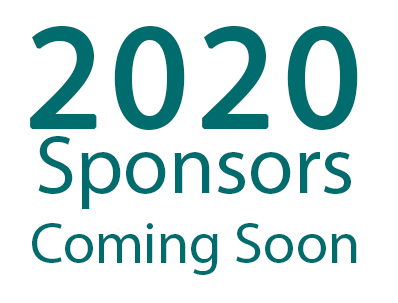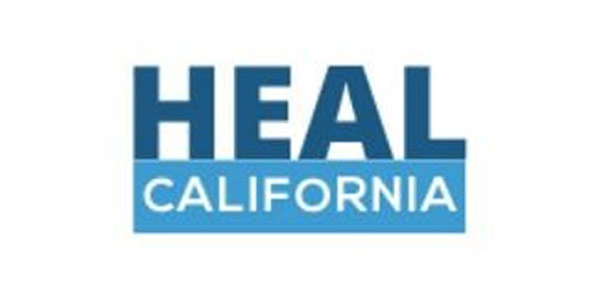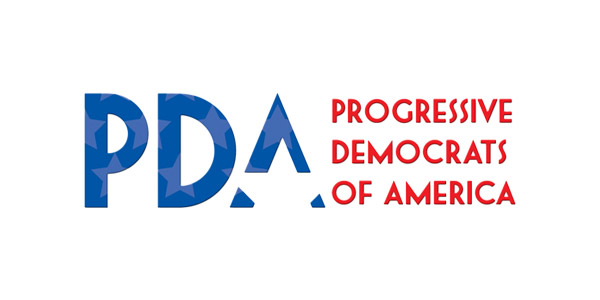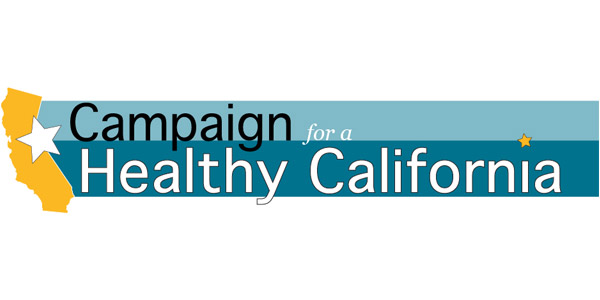
Babies and Strokes
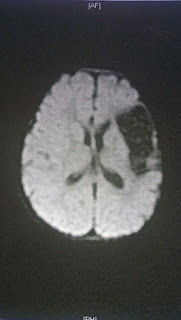
This is a brain. It is also the unfortunate outcome of a baby whose mother experimented with cocaine, resulting in a premature birth and a bleed in the baby’s brain. A bleed in the brain means the baby had a stroke. Hey! Wait a minute! Babies and strokes don’t go together, or do they?
Note: for all you baby-makers out there, I’m not trying to scare you from having kids. This post is just a dose of reality.
You probably don’t know the name Duncan Guthrie. He started a charity in 1952 for his daughter, Janet, who had polio, and he was determined to find a cure for the disabling disease. With money funded by the charity, research, in time, led to the first oral polio vaccine which wiped out new cases of polio in the UK. Now called Action Medical Research, the charity encompasses so many other afflictions, and that leads us to babies and strokes.
In 2009, Action Medical Research estimated at least one baby out of 2,300 in the UK born full-term were victimized by a stroke. These strokes often were unexpected at the time of birth or before, i.e. some developing babies had strokes in utero. The researchers didn’t know if the babies, who are now barely three years old, had trouble using language because they hadn’t matured to the point where anybody could tell the difference between a three year old saying gibberish or not.
But of the 100 or so children in the study, the researchers are working feverishly to know how stroke affects their language skills. Magnetic Resonance Imaging, most commonly known as MRI, is administered to the child to watch how stroke affects different parts of the brain. Sometimes, the brain readjusts itself, said the researchers, especially in a newborn, to compensate for the section that was harmed. Known by the medical term as plasticity, the brain takes charge of the imperfect tissue with the good part of the brain. In fact, in the first 28 days of life, stroke is more common than after.
So the big question is, how do you know if the newborn had a stroke? Newborns most likely would show no signs of a stroke unless they have a seizure. Seizures symptoms include staring, rhythmic and spasmodic episodes in the face, arms, and legs, stiffening of muscle groups, and pauses in breathing. Generally, newborn stroke survivors show less movement on one side of their body. “Handedness,” the term given when newborns favor one hand over the other, could be a symptom of stroke. Parents often mistake this as meaning that the baby is advanced for his or her age. In healthy babies, handedness appears at about 12 months.
According to the American Heart Association Journal (AHAJ), the incidence of stroke in newborns in the first 28 days is very elevated compared to infancy and childhood years. The following can happen at a rate of 1 in 4000 newborns:
- Arterial Ischemic Stroke (where blood flow is stopped in an artery to the brain by a clot)
- Sinovenous Thrombosis (where a clot appears in one of the veins in the brain)
- Hemorrhagic Stroke (where an artery bursts in the brain).
After the newborn period, the risk of stroke decreases significantly and remains low until post-55.
This is what can happen in pregnancy and childbirth:
- Proteins travel from mother to fetus, which aids in clotting. But if there’s too much clotting, a stroke for the baby is more likely.
- At the point of labor and delivery, childbirth can result in physical stress on the baby’s head with the arteries and veins in the baby’s head leading to clots and stroke.
- Newborns have twice as many red blood cells as an adult which can lead to excessive clotting. (Stroke can sometimes be prevented by giving newborns an exchange blood transfusion where the blood is diluted with saline).
- Dehydration can cause the blood to clot, some signs of which are a dry mouth, dry skin, and fewer than six wet diapers a day.
A number of factors that can put a newborn at risk for stroke include:
- If the newborn has a hole in the heart, it facilitates a clot going up to the brain.
- If there is a genetic history of clotting problems, the risk of stroke increases.
- If serious infections such as sepsis exist, clotting may result.
- If the mother takes an illicit drug, like cocaine or heroin, a stroke, albeit needless, may occur.
For expectant mothers, if clotting disorders are part of your genetic history, tests can be done in-utero ahead of time to help the baby’s outcome. All expectant mothers should eat nutritiously, stop cigarette smoking, and avoid dehydration.
Here’s the bottom line: there’s not much research so far on how to treat strokes in children, including newborns and fetuses.
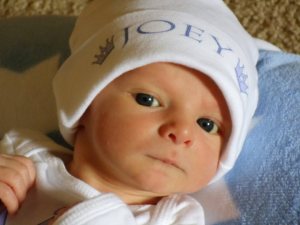
An excerpt from a blog, Raising Arizona Kids, tells one story of thousands:
“Chandra Whitfield, of Mesa, learned just a few months ago that her son, Joey, suffered a stroke in-utero.
At first, Joey was an easy going, happy, typical baby, welcomed by his parents and brother Daniel (3 ½).
But at around 8 weeks, Chandra began noticing a few things about Joey that seemed different from her experience the first time around with Daniel. She mentioned her concerns to Joey’s pediatrician at the next well check.
The doctor diagnosed Joey with tortocollis, which can occur while a baby grows in the womb if the muscles or blood supply to the fetus’ neck become injured.
He prescribed some stretching exercises and suggested that Chandra put toys on on Joey’s left side to encourage him to turn his head. That helped, but at four months, Chandra begin to notice that Joey wasn’t reaching for toys with both hands- just his right hand. At his six month well check, he still didn’t seem to be using his left arm and hand – and Chandra decided to trust her ‘mommy gut’ feeling that something wasn’t right.
She asked the pediatrician for a referral to a pediatric neurologist, just to rule out that anything was seriously wrong. Finally, Chandra and her husband, Chris, received some tough news about their little boy.
Joey was diagnosed with left-sided hemiparesis (weakness on the left side of the body) due to a stroke in-utero. An MRI followed and confirmed the diagnosis.
Since the diagnosis, Chandra says she feels ‘as if a fire has been ignited in me.’ She began working to raise awareness about childhood stroke. She and her family have walked in the Stroke Walk, a fundraising event. She’s been selling purple awareness bracelets and donating the funds to the Children’s Hemiplegia and Stroke Association (CHASA), she’s got plans for a website, and volunteers for CHASA.
Chandra also sent a letter to Governor Jan Brewer requesting that May 7 be declared ‘Childhood Stroke Awareness Day.’ Here are Chandra and Joey on the day just a couple of weeks ago when they received the news that the request was granted, and more.

Arizona now joins several other states in declaring May as Childhood Stroke Awareness Month. CHASA hopes to build a grassroots effort to add more states to the list.
Joey is a year old now and doing well. He works with a physical and occupational therapist to help strengthen his left side. The testing and therapy will continue, but so will Chandra’s will to get the word out to others to raise awareness—and to grow a community. Because what Chandra says has helped the most is the connection she’s made with other parents of children who have suffered stroke in-utero.”
My God. Babies and strokes. It happens. And now you know.

